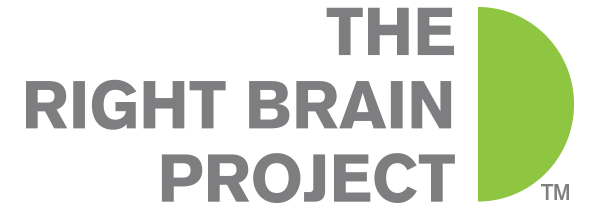by Julian Ryder, Founder + Chief Creative Officer
A simple yet powerful statement that shapes the way we see and interact with the world around us. What does it take to shift that conversation from “I am not creative” to “I am creative.”
We’ve all looked at paintings in art museums and been moved by their beauty, or watched a gifted musician play and been inspired by their performance, or been enthralled by a scientific breakthrough. Being creative is part of our humanity and whether we consider ourselves to be creative or not, creativity nonetheless makes up who we are.
We all know environments where creativity thrives, we find them in technology firms, ad agencies and product development companies. It’s in organizations with names like Apple, Netflix, Space X and Tesla. Creativity is linked to innovation, productivity, profitability, customer satisfaction, happy employees, brand loyalty and much more. This is what an organization thriving on creativity looks like.
Meanwhile the neighbors of these creative firms are looking out their windows and asking; “What’s going on over there? What am I missing? How can we get some of what they have?" What’s going on is a creative revolution, the emergence of new business models that don’t look like anything we’ve seen before. Old rules and boundaries are being transformed and expanded in ways never thought of before. What’s missing is the willingness of leaders to let go of practices that are no longer sufficient to the need of the organization. What’s missing is creativity. IBM conducted their now famous global survey of 1500 CEO’s from 60 countries and found that “More than rigor, management discipline, integrity or even vision - successfully navigating an increasingly complex world will require creativity.”
One could spend the rest of their life learning everything that’s been written, recorded and filmed about creativity. There are over 500 million results when you type “Creative” into a search engine. Hypothetically, if you had the time to read every result you would become an authority on creativity, a thought leader, you might teach creativity or write books on creativity. Unfortunately the one thing you would not be is any more creative than you were before you started reading. Creativity is not something you know or something to attain. Creativity is a place to come from, not a place to get to.
Neuroscience has proven everyone is creative. It’s an illusion the world is divided between creative and non-creative people. Yet many of us still have roadblocks to the experience and expression of our creativity. Genetic make up, environment, life experiences and myriad other factors play a role in determining how creativity manifests in our lives.
One fact is sure though; creativity exists within each of us. It’s a natural part of what makes us human and without it we are limited in what might be possible in our work and in our lives.

